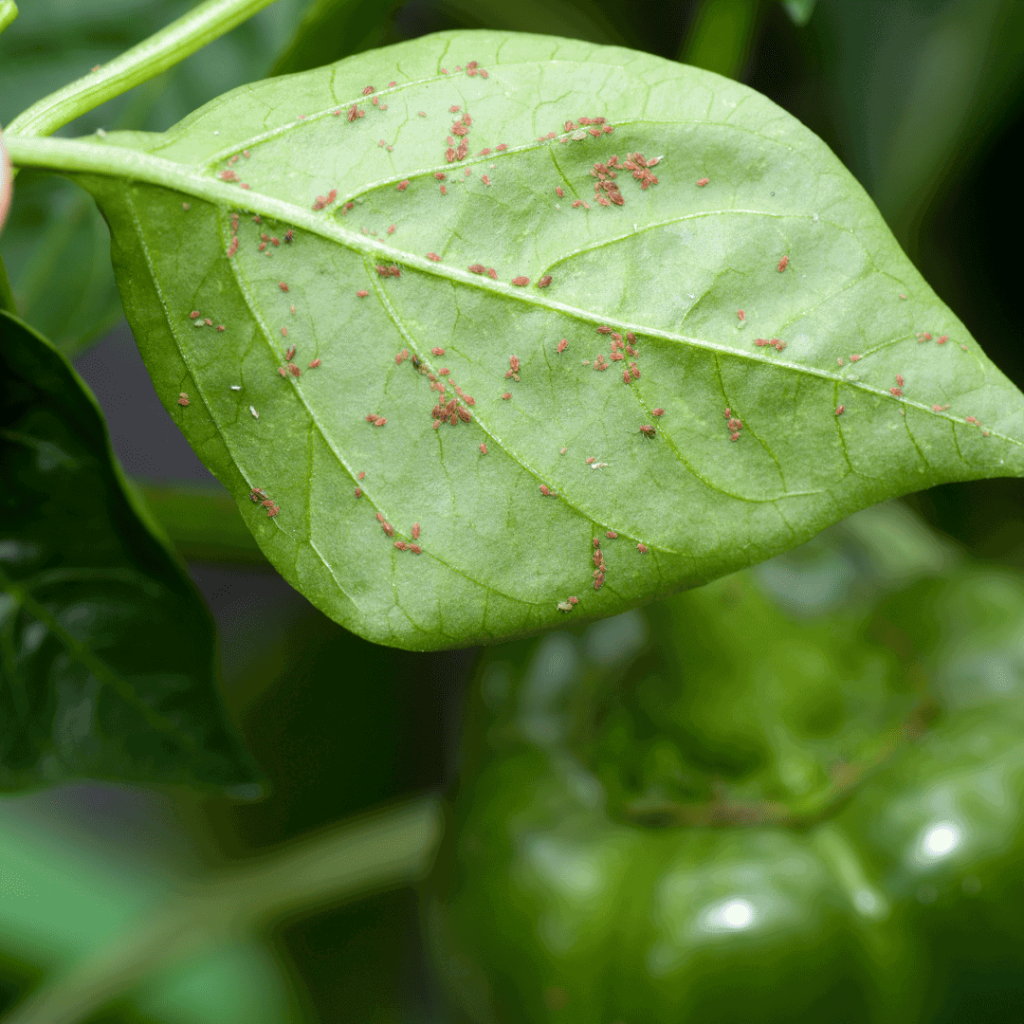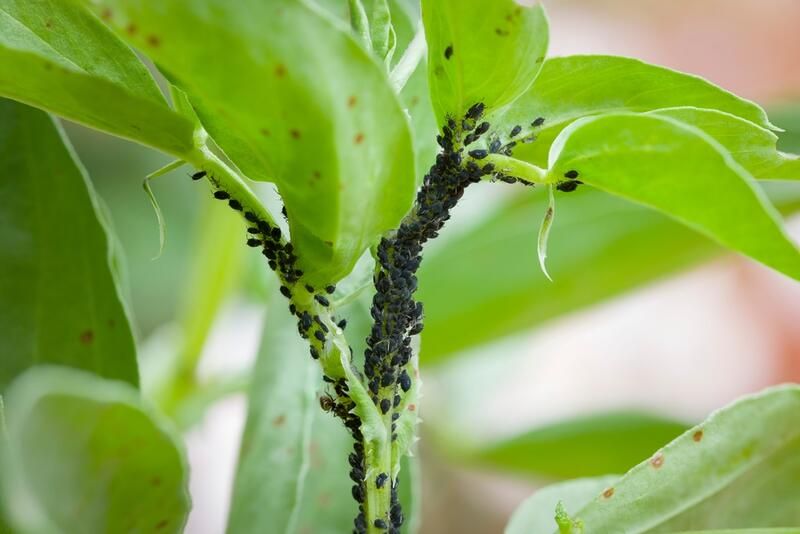Common Pests and Diseases Affecting Bedding Plants and How to Control Them Easily

Bedding Plant Survival Playbook: Insider Strategies for Outsmarting Pests & Diseases
Walk into any neighborhood garden in late spring, and you’ll see a familiar scene: a flush of bedding plants—marigolds, begonias, impatiens—spilling over borders with eye-popping color. But circle back midsummer and the picture changes: leaves pocked with holes, silvery mottling, petals dusted white or sagging toward the soil. I’ve walked this path alongside both beginners and lifelong gardeners, conducting plant autopsies at dawn, running sticky traps by flashlight, and swapping horror stories about aphid tsunamis that struck overnight.

If there’s one lesson from decades in the field—trialing beds for public parks in humid Midwest summers to troubleshooting container displays on sun-baked urban patios—it’s this: Formulaic advice rarely saves your display. What works in one year (or even in one rainy week) might falter spectacularly the next. Here’s the battle-tested playbook I wish I’d had starting out—a comprehensive guide built from years of hard-won insight that goes far deeper than recycled tips.
1. Why Bedding Plants Are “Pest Magnets” (And How Pros Outwit Nature)
Bedding plants are botanical soft targets. We ask them to be show horses—bred for non-stop color rather than resilience—and we plant them cheek to jowl for visual impact. You know those lush May photos? They’re a buffet table for every local pest and pathogen.
- High Stakes: One missed watering or a single infested flat can spiral into bed-wide devastation within 48 hours.
- Climate Factor: Microclimates inside densely planted beds routinely hit 100% humidity at ground level by mid-morning—even on dry days.
- Soil Reset Problem: Each seasonal turnover disrupts microbial balance; it’s like tearing up carpet every month and expecting no dust mites.
Here’s the counterintuitive part: The healthiest ornamental beds aren’t sterile fortresses—they’re dynamic systems where proactive observation trumps reactive spraying every time.
2. The Analyst's Five-Tier Defense System (No More Guesswork!)
Over my career managing everything from city blocks to private estates, this five-tier system has consistently given the highest return on effort:
Tier 1: Visual Pattern Recognition
Forget running outside for every yellow leaf—here’s how expert diagnosticians triage quickly:
- The Thumb Test: Flick an affected leaf. If tiny white clouds fly up? Whiteflies.
- Paper Towel Blot: Wipe a sticky surface; if it smears blackish after drying? Sooty mold riding aphid honeydew.
- Flashlight Sweep at Dusk: Catch slugs and snails red-handed; they’re surprisingly bold after sunset.
Tier 2: Precision Monitoring
Handheld digital microscopes (<$40 online) changed my approach overnight. Suddenly I could spot thrips’ dragging black specks along petal veins or early-stage spider mite eggs—actionable data before visible damage appeared.
For large beds, install blue sticky cards every four feet; check weekly against your own “pest baseline.” The first spike means it's time to intervene—not when gaping holes appear days later.
Tier 3: Strategic Cultural Controls
Spacing Data Drilldown: Every inch matters! In trials across three climates:
- Marigolds spaced at 8" had 34% more powdery mildew by July compared to those spaced at 12".
- Overcrowded petunias showed slug damage rates that doubled after rainstorms due to reduced airflow under foliage domes.
Adopt the pro trick: Stagger your rows or triangles instead of straight lines—better air penetration without sacrificing visual mass.
Tier 4: Multi-Pronged Biological Countermeasures
Forget tossing handfuls of ladybugs indiscriminately (most fly away), instead tailor releases:
- Green lacewing larvae (Chrysoperla rufilabris) outperform ladybugs on heavy aphid hotspots—release rates of ~10 larvae per square yard proved effective in metro demonstration gardens.
- Encarsia formosa parasitic wasps quietly wiped out whitefly outbreaks in two weeks during a greenhouse test—the trade-off is patience over spectacle.
Order direct from reputable insectaries (e.g., Arbico Organics or Rincon-Vitova)—shipping live beneficials isn’t cheap (~$25–30 per release), but is often less costly than replacing half your bedding display mid-season.
Tier 5: Targeted Spot Treatments Only When Needed
I've watched countless gardeners blanket-spray entire beds "just in case"—resulting either in chemical resistance or decimated pollinator populations by summer's end. Instead:
- Map hot spots using colored flags each time you detect symptoms.
- Rotate between physical removal (pruning infested shoots), organic sprays (potassium bicarbonate for mildew), then chemical solutions as an absolute last resort—and never repeat the same active ingredient twice per season.
3. Disease & Pest Profiles With Real-Life Recovery Blueprints
The truth? No two pest seasons look alike—but knowing exactly what you're seeing allows fast action before beds crash completely:
Aphids
First encounter: A single green colony mushroomed during an unseasonably warm May two years ago; their honeydew attracted ants which protected them fiercely.
Recovery play: Pruned most afflicted tips; blasted survivors off with water daily; avoided broad-spectrum sprays after seeing beneficial hoverfly larvae move in naturally once the ant population dropped off (thanks to using Tanglefoot barriers).
Want a deep dive on identification and tailored control? See Identifying and Managing Aphids on Bedding Plants for more expert strategies.
Spider Mites
Worst outbreak: Heatwave + neglected irrigation = stippled zinnia leaves webbed within four days.
Solution blueprint: Installed overhead misters temporarily (raising humidity above spider mite comfort zone); used horticultural oil sparingly on isolated patches; increased shade slightly with temporary screens until weather broke—a strategy backed by extension agent recommendations after bench trials showed quick results when humidity exceeded 55%. For more diagnostic tips and targeted interventions, check Spotting and Controlling Spider Mites in Your Garden Bedding Plants.
Powdery Mildew
Slow-motion disaster: Every August like clockwork on tight-planted salvias—even when using resistant cultivars.
Long-term fix(s):
- Mulched with compost chips rather than bark mulch (reducing spore splash).
- Switched all watering to pre-dawn only.
- Sprayed potassium bicarbonate solution (“baking soda alternative”) at first hint of fuzzy spots—not waiting for full coverage before acting.
Outbreak rates dropped almost entirely by third season post-adjustment! For a full organic toolkit and timing advice, see Effective Organic Methods to Control Powdery Mildew in Bedding Plants.
Slugs & Snails
A rookie mistake story: First year as a municipal flower bed lead, overlooked that adjacent mulched pathways were prime breeding ground. After losing $400 worth of impatiens overnight post-thunderstorm, began hand-picking patrols at dawn plus setting shallow tuna-can beer traps every six feet between beds—which halved visible slime trails within ten days. For more prevention and control strategies, explore Dealing with Slugs and Snails: Protecting Bedding Plants Effectively.
4. Advanced Tactics Only Seasoned Gardeners Use
Journal Everything
From weather shifts (“last June had three back-to-back rainstorms”) to what sprays worked/didn't (“neem oil knocked down thrips but not whiteflies”), patterns emerge only with record keeping—not memory alone! My own journals have paid dividends innumerable times (“every second week of July = spider mite alerts”).
Soil Health Above All
By year four managing demo gardens, switching from synthetic fertilizer spikes to annual compost amendments nearly halved disease complaints—the visible difference was firmer roots and thicker leaves less prone to bug attacks or rot even under stress conditions.
On-the-Fly Cost Calculations
Lost one square yard of bedding ($35–$95 depending on plant type) vs buying beneficial nematodes ($17–$30/application)? In almost all cases where root gnats/fungus gnats threaten young plants, soil inoculation wins hands down over repeated plant replacements.
Teamwork Pays Off
In community projects, dividing roles matters: assign someone as “inspection captain”—not just planters/waterers—to catch problems within days versus weeks!
5. Tool Bench Essentials For Serious Plant Protection
What makes the difference between frantic Saturday mornings vs. calm confidence:
- Basic Surveillance Gear
- Jeweler’s loupe or pocket microscope ($10–$40)
- UV flashlight for nighttime slug checks
- Remediation Arsenal
- High-pressure spray bottle dedicated solely to organic soap/neem mixes
- Wide roll yellow/blue sticky tape—not “dots”—for larger coverage
- Disinfectant wipes immediately accessible next to pruners/shears
- Recordkeeping Musts
- Waterproof field notebook stashed near tool shed
- Laminated pest/disease ID cheat sheet customized for your top species/issues
Optional upgrades:
- Digital sensors tracking humidity/temperature right at canopy level—for pattern mapping outbreaks before symptoms explode
- Soil moisture probes calibrated monthly against actual feel tests (“trust but verify”)
6. Failures That Led To Better Systems—Personal Lessons Learned
Let me share two big missteps that rewrote my own protocols:
Failure #1: Tried a “one-size-fits-all” neem oil schedule during a particularly wet summer—resulted not only in zero effect on slugs but triggered phytotoxicity spots on younger marigolds due to excess application frequency while rain kept washing off barriers needed elsewhere.
Lesson: Fine-tune timing and target species relentlessly; always consult recent IPM bulletins rather than relying purely on last year’s calendar plan.
Failure #2: Relied too much on manual removal during peak vacation period—neglected routine monitoring while away three consecutive weekends; returned to find spider mites established colony strongholds impossible to dislodge without major cutting-back/replacement.
Lesson: Schedule redundancy into labor plans whenever possible—even automated sticky trap checks with neighbor help beat heroic solo efforts doomed by life interruptions!
7. Troubleshooting Matrix – Instant Decision Guide
| Symptom | Likely Culprit | Immediate Action | Insider Edge Prevention |
|---|---|---|---|
| Sticky residue + curled shoots | Aphids | Prune worst tips; hose down daily | Release lacewings/limit nitrogen spikes |
| Silvery patches + fine webs | Spider mites | Raise humidity/spot treat w/ oil | Mulch & irrigate early AM |
| Unexplained wilting | Root rot | Inspect roots/remove/replace soil | Amend drainage/add gravel |
| Fuzzy gray mold | Botrytis blight | Remove debris/infected parts | Deadhead religiously/increase airflow |
If all else fails? Start small-area trials before full-bed treatments—which saved me $150+ annually once I stopped panic-spraying whole displays based solely on partial symptoms! If you’re seeing unexplained wilting or root issues, don’t miss How to Prevent and Treat Root Rot in Popular Bedding Plants for targeted solutions.
Closing The Loop – How To Futureproof Your Flowerbeds
Every new planting is an experiment—but thoughtful pattern recognition plus dynamic responses stack odds heavily in your favor over time:
- Conduct twice-weekly walkthroughs—not just casual glances—from late May through September armed with notebook and hand lens;
- Keep records ruthlessly—even failed attempts build future wisdom;
- Trial multiple strategies side-by-side some seasons ("row A gets companion basil/row B doesn't");
- Budget yearly not just for plants but also IPM tools/equipment upgrades—even $50/year spent smartly upfront regularly saves triple that amount replacing ruined stock;
- Share both stories and samples locally—a fresh set of eyes often cracks tough cases faster than lab send-offs;
Ultimately? Strong bedding displays aren’t luck—they’re architecture layered atop informed vigilance and willingness to adapt approaches each season as conditions shift.
Print this out—or bookmark near your potting bench—and use it as living strategy log: update methods yearly based on real-world outcomes instead of generic rules-of-thumb found online!
After twenty-five years battling critters across zones and continents, here’s my best advice distilled: Stay curious, stay systematic—and never underestimate what you’ll learn from solving “the mystery wilt” together with fellow growers next door or halfway around the world! That’s how resilient gardens—and confident gardeners—are built for life beyond any single season’s challenge.



